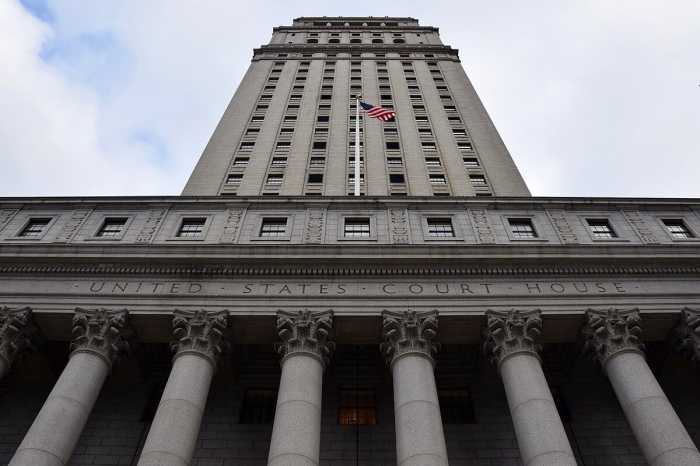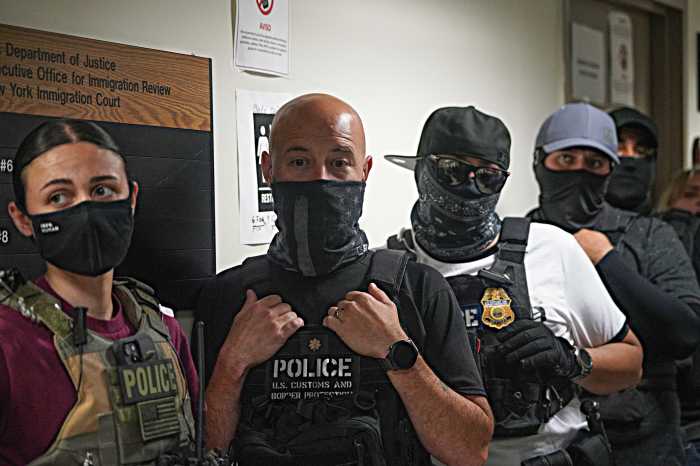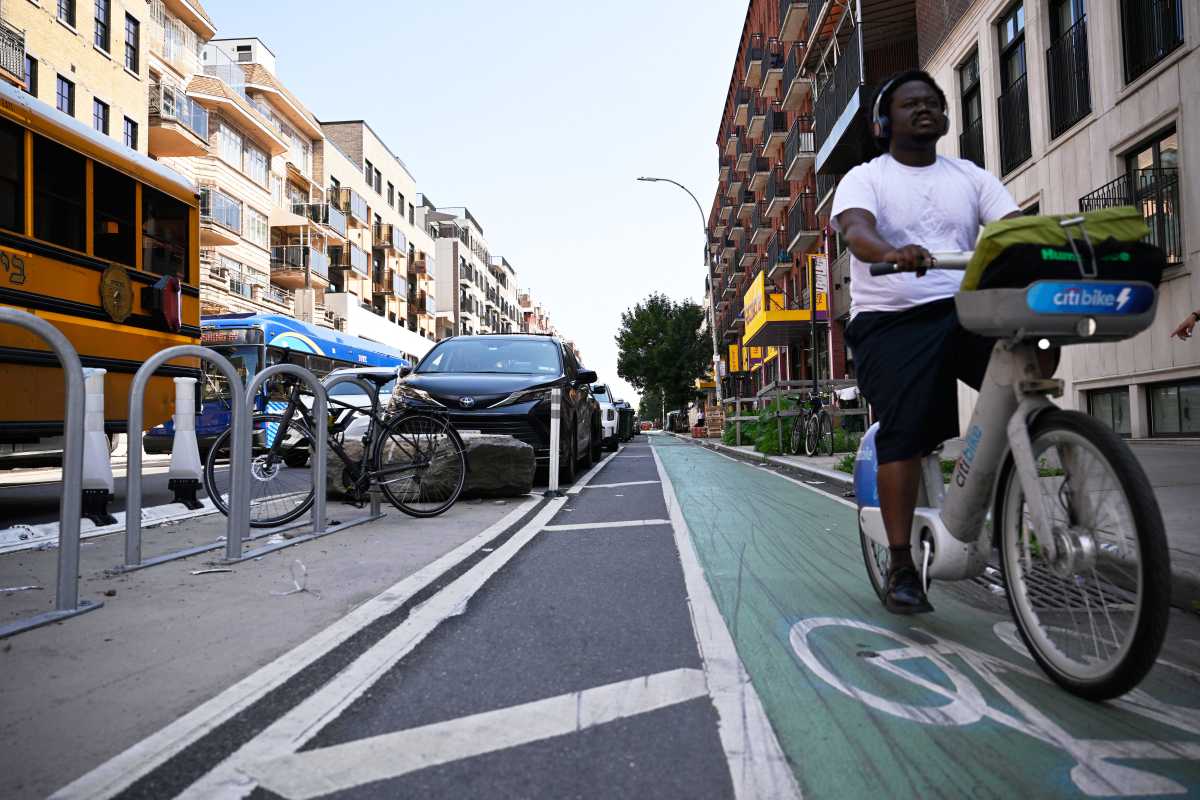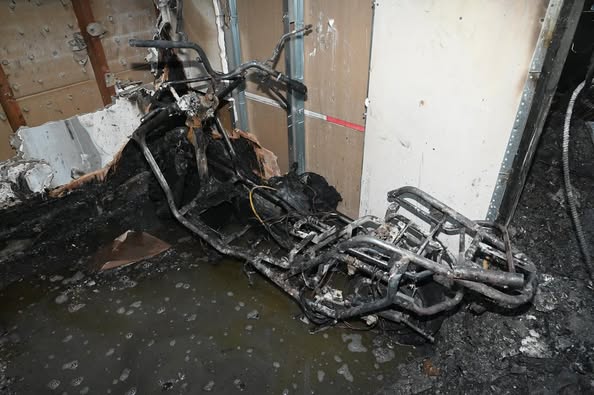BY TERESE LOEB KREUZER |
The Metropolitan Transportation Authority is now saying that it will take one to three years to repair Superstorm Sandy damage to the South Ferry subway station at the southern end of Manhattan.
“Right now, it’s still too early to tell how long the repairs will take,” said Kevin Ortiz, a spokesman for the M.T.A. “We’re still in the process of assessing the damage and deciding what the scope of the project to mitigate the station would entail.” He said that the M.T.A. plans to put the project out to bid “at some point this year.”
According to Ortiz, the M.T.A. is considering whether to move some infrastructure higher and whether to modify the design of the station in order to make it more resistant to damage from future storms. In-house architects and engineers are doing the assessment.
As a preliminary estimate, the M.T.A. believes that repairs would cost $600 million, and hopes to recoup this money from the federal government.
Malcolm Bowman, professor of oceanography and a distinguished service professor at the Marine Sciences Research Center at Stony Brook University, said that the M.T.A. should not have been surprised at what happened. Bowman has been warning of potential storm surge problems for years.
At a recent meeting of Community Board 2’s Environmental Committee, he recalled that several years ago he was involved in a documentary for a TV station at the South Ferry subway station while it was being renovated and expanded.
“The station wasn’t yet finished,” he said. “ It was just a concrete box, and I was down there with a film crew and the chief engineer of the M.T.A. and we were looking up these concrete steps to the blue sky and I said, ‘How far above sea level is that entrance?’ And he said, ‘11 feet.’ I said, ‘That sounds awfully low to me.’ He said not to worry. ‘It’s built to the building code and it’s safe against the 100-year storm.’ And I said that 100-year storm could come next week. And he said, ‘No no no, it won’t come for 100 years.’ I said, ‘Why don’t you build some steps where the people come in?’ He said, ‘We can’t do that. People don’t like walking up and down.’”
Bowman went on to say that because of climate change, “the ground under our feet is shifting” and that 100-year-storm benchmark needs to be modified. “We’re playing Russian roulette as a city,” he said.
The $600 million repair estimate exceeds the $545 million spent to expand and renovate the station only four years ago.
“We prepared as best we could,” said Ortiz. “The station was designed to withstand some flooding in Lower Manhattan but not a 14-foot storm surge, which we encountered during Hurricane Sandy.” On Oct. 29, 2012, an estimated 14 million gallons of water surged into the South Ferry station, flooding it from 80 feet below ground to the mezzanine.
Now the M.T.A. is looking at $350 million for physical repairs; $200 million for signal replacement; $30 million for third-rail equipment and $20 million for line equipment.
Ortiz said that the M.T.A. would not “tie Sandy-related costs to any potential fare increases” should the federal government not come through with sufficient funds to fix the damage. However, he said that even if the M.T.A. gets everything that “we’re supposed to get from the Fed, there still will be money that we will have to cover.”
He said that Sandy-related costs would oblige the M.T.A. to incur an additional $900 million in debt service. This money would be used not just to repair the South Ferry station but for repairs throughout the M.T.A. system.
The No. 1 IRT train formerly terminated at South Ferry. In 2009, the station expansion was financed primarily with federal money earmarked for the rehabilitation of Lower Manhattan after the terrorist attacks of Sept. 11, 2001. At the time, Community Board 1 and the Downtown Alliance opposed the renovation because they felt that that there were other transportation investments that could have benefited Lower Manhattan more.
Ortiz said that it was possible that the South Ferry station might be able to offer modified service even before being fully restored, but it is too early to know that for sure.




































